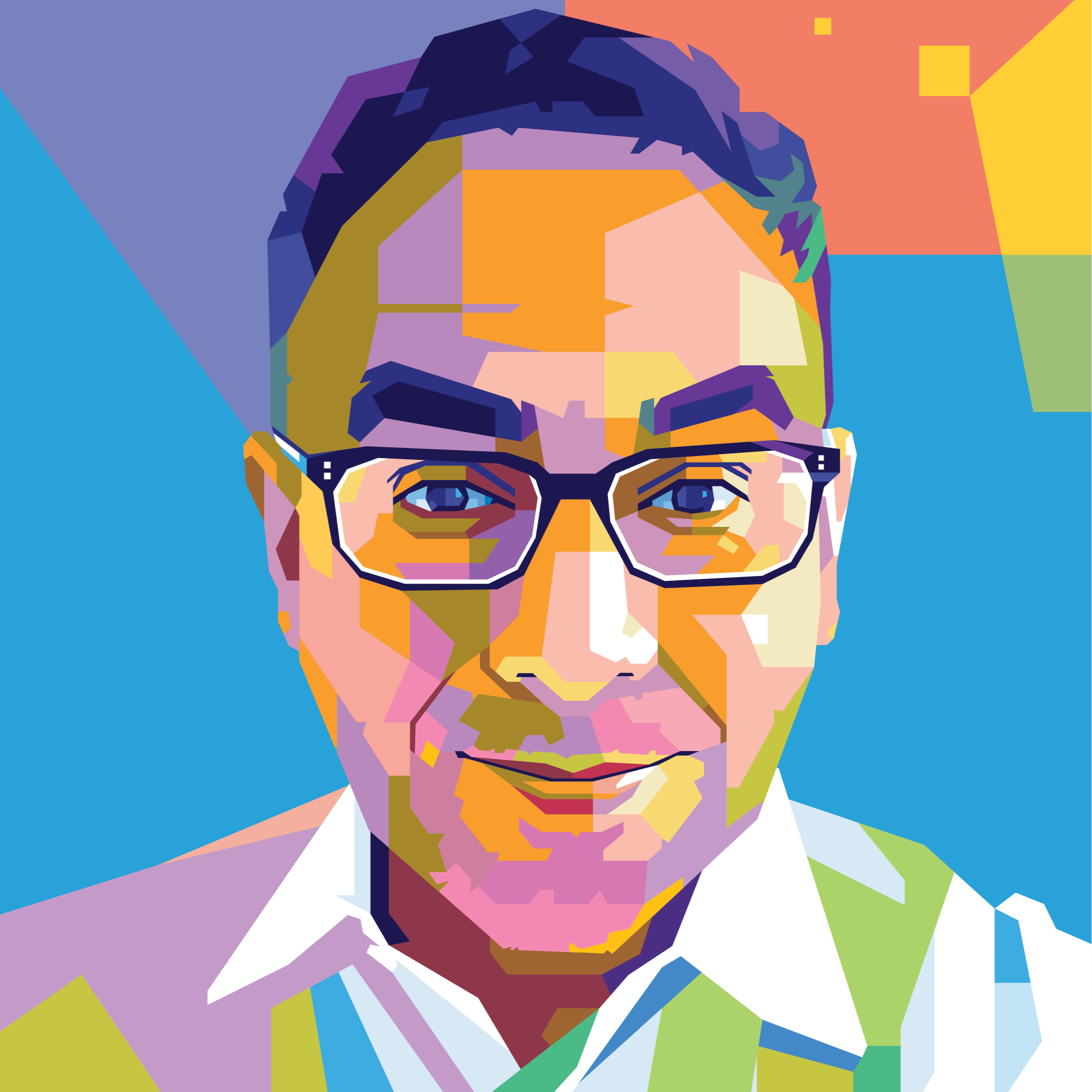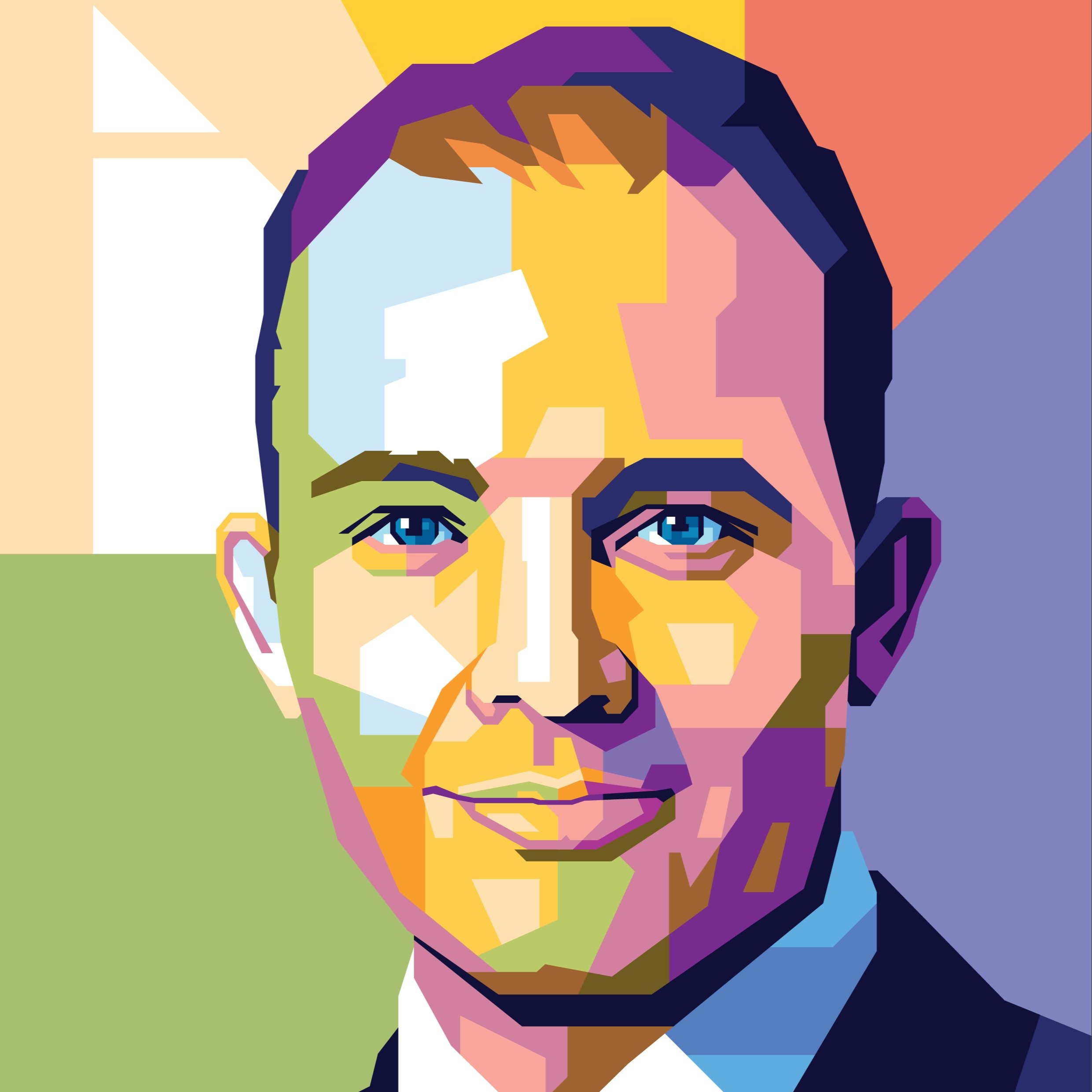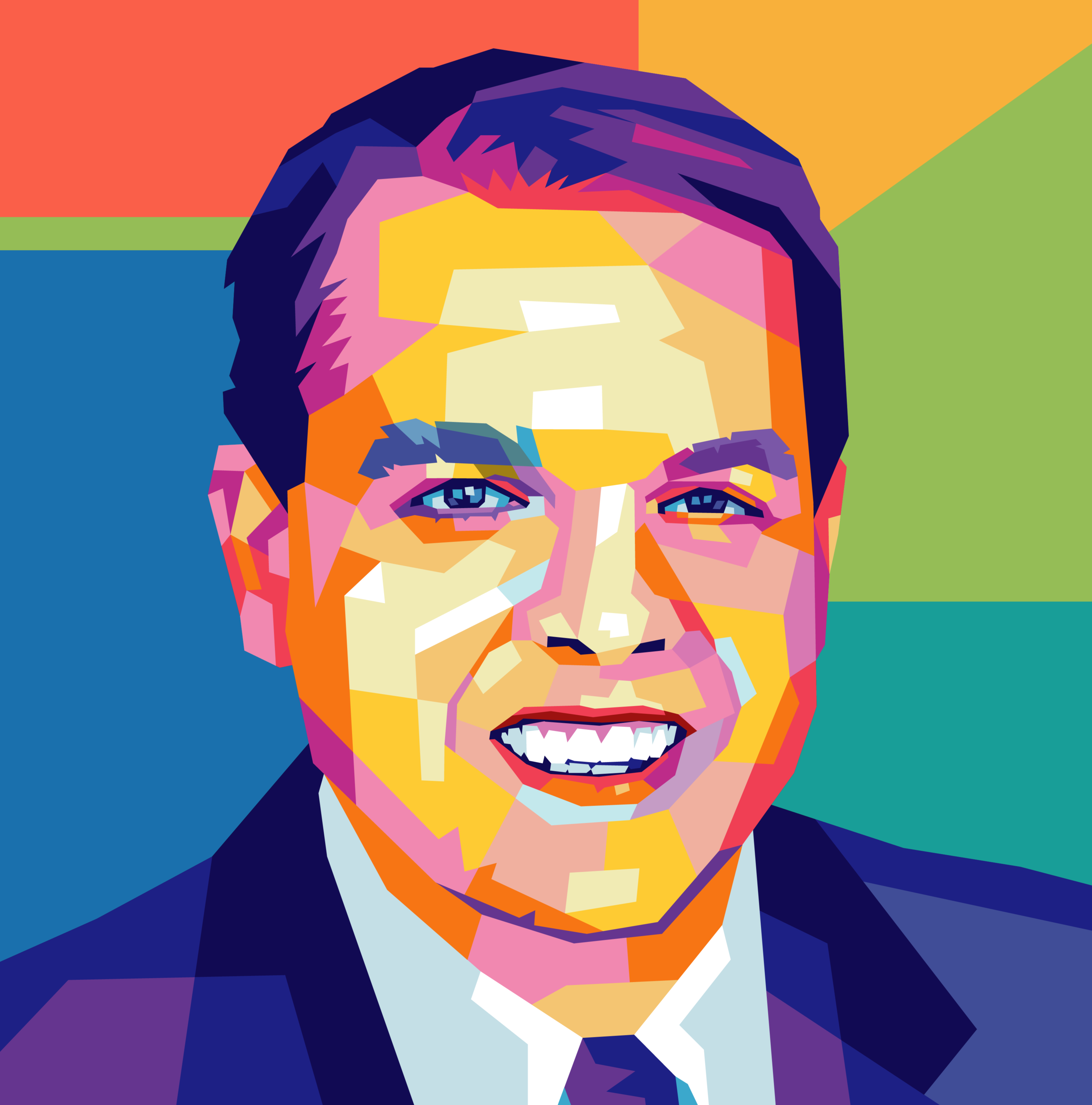This article reflects findings from Franklin Templeton’s Industry Advisory Services Annual Survey conducted between March and August of 2023.
In total, the team conducted 83 open-ended interviews with many leaders of organizations representing more than US$45 trillion in assets under management (AUM). Participants were encouraged to share their own views on interesting developments and expectations for the future of wealth and investment management. Discussions were wide-ranging and candid. Select anonymized quotes from interviewees are included throughout the final report.
To obtain comprehensive investment viewpoints, interviewees were drawn from a wide range of industry roles including asset owners (public pensions, corporate pensions, endowments, sovereign wealth funds, insurers, family offices), intermediaries (wealth managers, private banks and consultants), investment managers (asset managers, hedge funds, VCs, alternative firms), founders of fintech, blockchain and digital asset firms, industry thought leaders and academics. Interviews were done globally with about two-thirds of discussions held with domestic and global leaders of firms based in the United States, and the other third spread between Europe and Asia.
This paper spans three broad topics: where the industry sits today, warning signs indicating that a shift to a new era is approaching, and the coming era of better living through investing. Given the breadth of material covered in the study, we’ll pique your interest with the top 10 takeaways. These are just scratching the surface of each insight and we encourage you to dig deeper by reading the full paper or the key findings to better understand what these developments may mean for you and your business.
Top 10 takeaways from Franklin Templeton’s inaugural Industry Advisory Services Survey on the state of investment and wealth management:
1. Today’s industry looks much different than the pre-2000s era.
In the “Set It and Forget It” era (1970s to early 2000s), the focus was on opportunistic equity and bond funds that measured outperformance relative to broad market indexes. In the “Let’s Build a Solution” era that has since emerged, the focus is on outcome-oriented and goals-based solutions comprising a diverse range of building blocks including passive and alternative funds.
2. Competitive differentiation is now based around proprietary tech platforms that take advantage of cloud computing, big data processing and the Phase I artificial intelligence (AI) toolkit – machine learning, natural language processing and predictive analytics.
Leading investment managers built new, more scientific investment platforms that can assess the factors driving returns, optimize investment team process steps, and bring together quantitative and fundamental approaches to create new investment insights. Some also built solutions platforms that focus on the portfolio level. In wealth management, market leaders created robust client content and reporting portals that allow for the deployment of journey-tracking tools and the creation of cohort analyses.
3. The engagement model between leading investment managers and wealth platforms has shifted and become more of a strategic partnership rather than a supply chain.
Leading investment managers offer “Asset Management Plus” – a platform-based approach that delivers not only alpha generation but also some range of value-added tech or service-related offerings, including innovation initiatives, knowledge services, and, for many larger firms, client-facing technology able to tailor portfolio holdings and provide tax optimization. Leading wealth platforms are utilizing these offerings to refocus their advisor networks away from the proprietary compilation of investment portfolios toward a broader focus on a client’s total financial life, including value-added offerings such as tax and estate planning, banking, lending and insurance products.
4. Warning signs indicate the current “Let’s Build a Solution” era may be ending.
- Alternative competitive approach: Neo-brokers that offer an alternate competitive approach that appeals to a user’s social identity and emphasizes community, participation, and peer engagement rather than expertise are gaining traction among Millennials, Gen Z, and Gen Alpha investors and allowing for another surge in interest for passive investing.
- Stalled growth in alternatives: After years of growth, many institutional investors seem to have reached their allocation targets. In response, numerous large alternative managers are building retail practices and many smaller managers are joining asset management platforms to push a new set of wealth-focused alternative products. The uptake of retail alternatives is expected to grow, but slowly as operational challenges and advisor-focused education require time to address.
- Many Millennial, Gen Z, and Gen Alpha investors are gravitating towards new types of alternatives: A new set of digital frontier alternatives have emerged, tied together by a go-to-market model that allows investors to directly participate with small amounts of capital through easy-to-use phone-based apps. The most liquid of these new offerings, cryptocurrencies and non-fungible tokens (NFTs) are being used as the alternatives sleeve by leading neo-brokers in a new portfolio construction template together with passive ETFs.
5. New investment behaviors are emerging that may indicate that the third era of investment and wealth management has begun.
Today, leading investment managers engage with most institutional investors by using a toolbox approach and consultative style that crafts bespoke solutions based on the institution’s portfolio needs and thinks about the portfolio from a Chief Investment Officer’s point of view. Many retail solutions, by contrast, are standardized, and though there are many variants, the starting point with most clients is not consultative but rather a matching exercise that looks at an investor’s risk tolerance, age, and wealth. Numerous new toolbox options are narrowing the difference between many retail and institutional approaches and making the starting point for most retail discussions around retirement more consultative –“What do you need?” –versus more product-oriented –“What can I offer you?”
6. Quantitative modeling is being used to build portfolios that deliver more than just financial returns.
- Metrics on transitions: Net-zero commitments are forcing a lot of investment managers to think about how to create new metrics that measure a company’s progress toward transitioning its business and can aggregate the progress of the set of companies held in the portfolio. Many portfolios’ performance may soon be reported against the traditional financial metrics around risk and return and a new, non-financial metric around transitions.
- Alignment of the individual and their investments: Meanwhile, some neo-brokers are quantifying an investor’s behavior in a new way to measure the alignment between an individual and their portfolio holdings. For example, Stash is using unique insights on where an individual shops with a Stash debit or credit card and is paying out rewards to the customer not through cashback or points, but by purchasing fractional shares of stock in that company and depositing them into the customer’s account. The stock reward aligns the interest of the customer by allowing them to also benefit financially from the company’s success. This is a core concept of Web3 and the crypto world that is crossing over to the securities realm.
7. The portfolio of the future delivers “Better Living through Investing.”
Rather than being built around a standard template, the portfolio of the future is likely to be built specifically to an individual’s needs. These needs may extend beyond financial needs to encompass an individual’s societal and personal needs to help make an investor feel more aligned to their portfolio. Tokenization should allow new investment options to be included in the portfolio, such as cultural assets like art, music, games, film, fashion and collectibles. Investments can be structured to provide special perks, benefits or rewards, such as discounts, access to special communities or events, or the right to receive unique merchandise. Having a portfolio comprising these offerings should reposition the importance of the investment portfolio from something that sits to the side of an investor’s life to a key facilitator of their day-to-day activities.
8. If our prediction of the future plays out, we think most investment managers would need to add more “pluses” to their “Asset Management Plus” approach to adjust to this new model and merge their expertise-driven approach with the new hallmarks and assets associated with Web3’s social network and social capital investing.
They would need to be able to source – and potentially structure and issue – new types of tokenized investment offerings from categories that today sit completely outside many investment mandates. To do so, they may need to forge strategic relationships with niche providers and new types of subject matter experts and potentially the communities that aggregate online around those marketplaces to understand and optimally value each type of new asset. To gain the trust of Millennial, Gen Z, and Gen Alpha investors, investment managers may need to create and foster their own social network and social capital investing communities allowing users to share ideas and insights alongside professional investors and investment managers. New types of portfolio construction algorithms would be needed to “complete” the portfolios and balance the personally enriching investments with a more diversified mix of traditional investments. New relationships will also be required with experts able to structure and administer the consumer benefits, perks and rewards.
9. We also think many wealth managers would need to consider more aspects of their client’s journey including those that make up their social identity.
Knowing where a client likes to shop and eat, what they like to do for travel and entertainment, what items they covet or own, what communities they identify with and how they engage with those communities, what matters to them in terms of their home, and what pursuits describe their personal interests and passions. These are all likely to become important investment considerations as a growing range of assets can be included in a client’s portfolio offering that offers not only financial returns but other benefits or rewards. This would reposition an advisor as the investor’s life coach, extending their remit beyond just the financial life they consider today. Monitoring and modeling these data inputs will require more use of emerging generative AI tools.
10. A new financial infrastructure will be required to make these portfolios of the future a reality.
The existing system is over 50 years old, and it is hard to replace such an entrenched approach, but experimentation and change are happening.
- Payments have already been transformed: Over 55 countries now have instant payment networks where transactions are completed and settled directly by the nation’s central bank. New pilots are connecting these payment networks to each other to help cross-border trade. A total of 130 countries representing 98% of the global economy are exploring digital versions of their currency. Stablecoins are seen becoming regulated and onshore, growing from US$125 billion today to US$2.8 trillion in the next five years.
- Securities infrastructure is also being reworked: India and the Philippines moved to T+1 equities settlement this year and the United States, Mexico and Canada will do so in 2024. The Depository Trust & Clearing Corporation has launched its Ion blockchain ledger to support that transition. Europe is running a digital pilot regime that encourages financial ecosystem participants to design new platforms and workflows. Euroclear announced that it would be launching a blockchain for digital assets that can be settled with digital currencies later this year. The European Union is rolling out a digital wallet system and has passed crypto regulation that goes into effect in 2024. Singapore, Hong Kong and the United Arab Emirates are also advancing their digital asset agenda quickly. Individual firms are building tokenization platforms, including DBS, SBI Holdings, Societe Generale, Goldman Sachs, HSBC and Deutsche Bank.
Again, these top 10 takeaways are just the beginning of what we discovered, and we hope you’ll read further to appreciate the nuances of how the industry is evolving.
This blog is sponsored by AdvisorEngine Inc. The information, data and opinions in this commentary are as of the publication date, unless otherwise noted, and subject to change. This material is provided for informational purposes only and should not be considered a recommendation to use AdvisorEngine or deemed to be a specific offer to sell or provide, or a specific invitation to apply for, any financial product, instrument or service that may be mentioned. Information does not constitute a recommendation of any investment strategy, is not intended as investment advice and does not take into account all the circumstances of each investor. Opinions and forecasts discussed are those of the author, do not necessarily reflect the views of AdvisorEngine and are subject to change without notice. AdvisorEngine makes no representations as to the accuracy, completeness and validity of any statements made and will not be liable for any errors, omissions or representations. As a technology company, AdvisorEngine provides access to award-winning tools and will be compensated for providing such access. AdvisorEngine does not provide broker-dealer, custodian, investment advice or related investment services.






